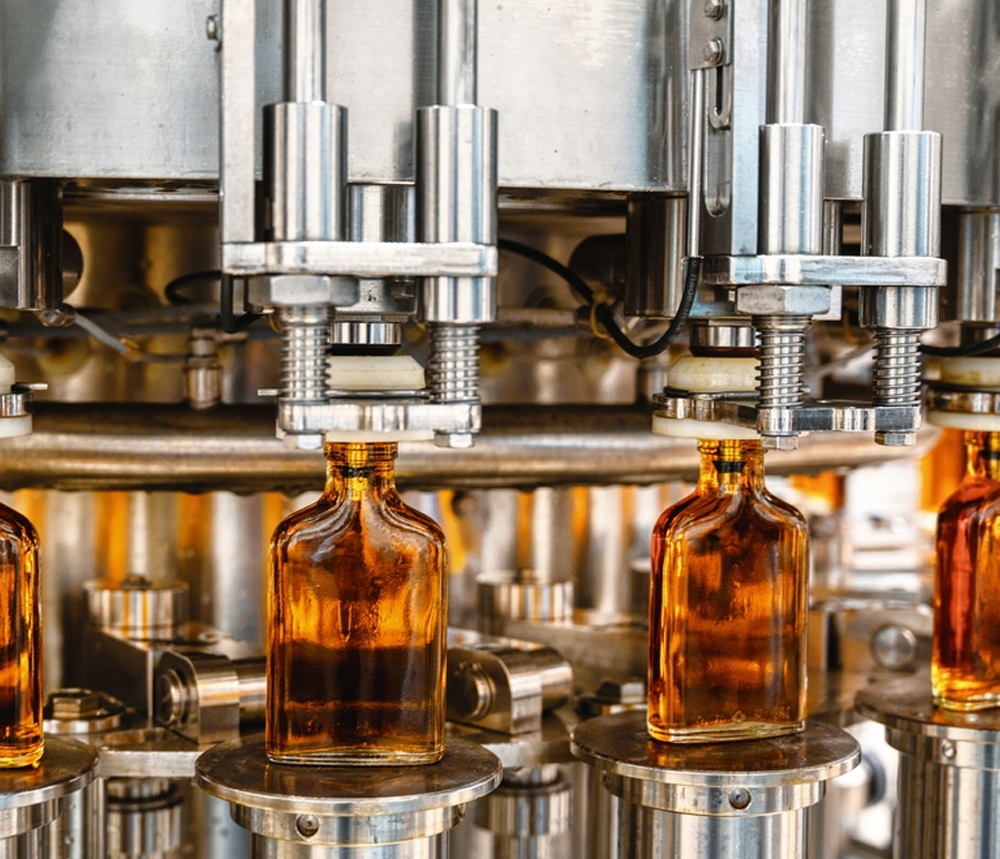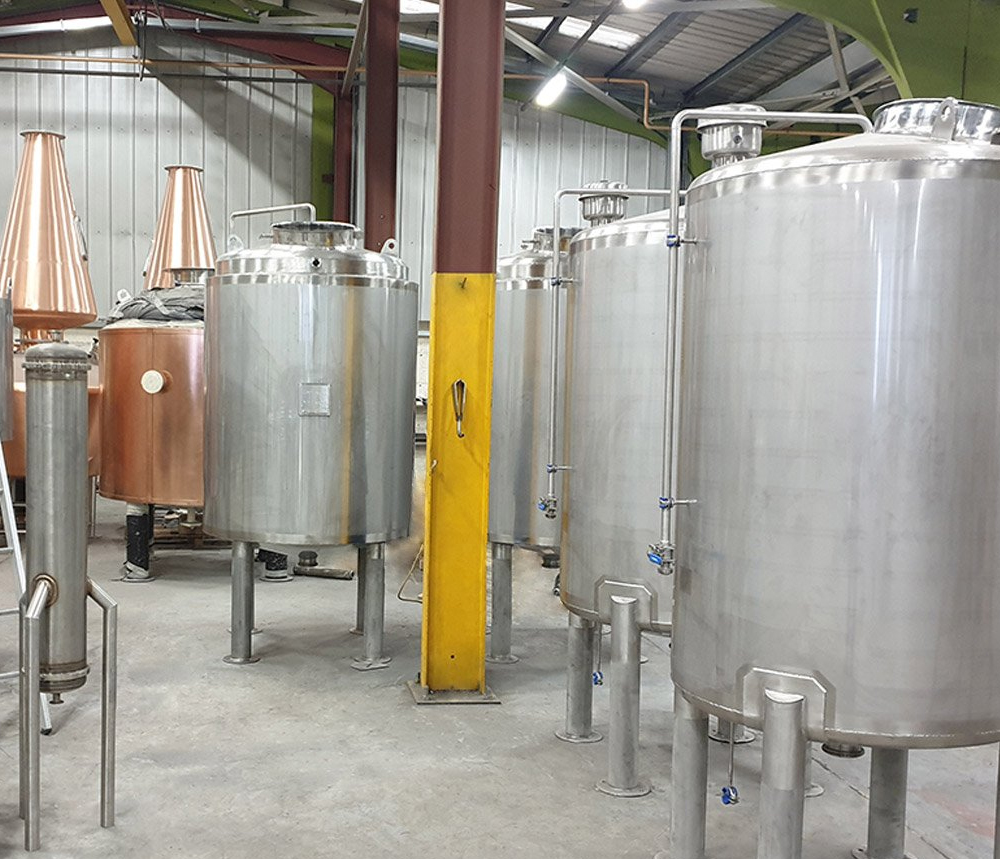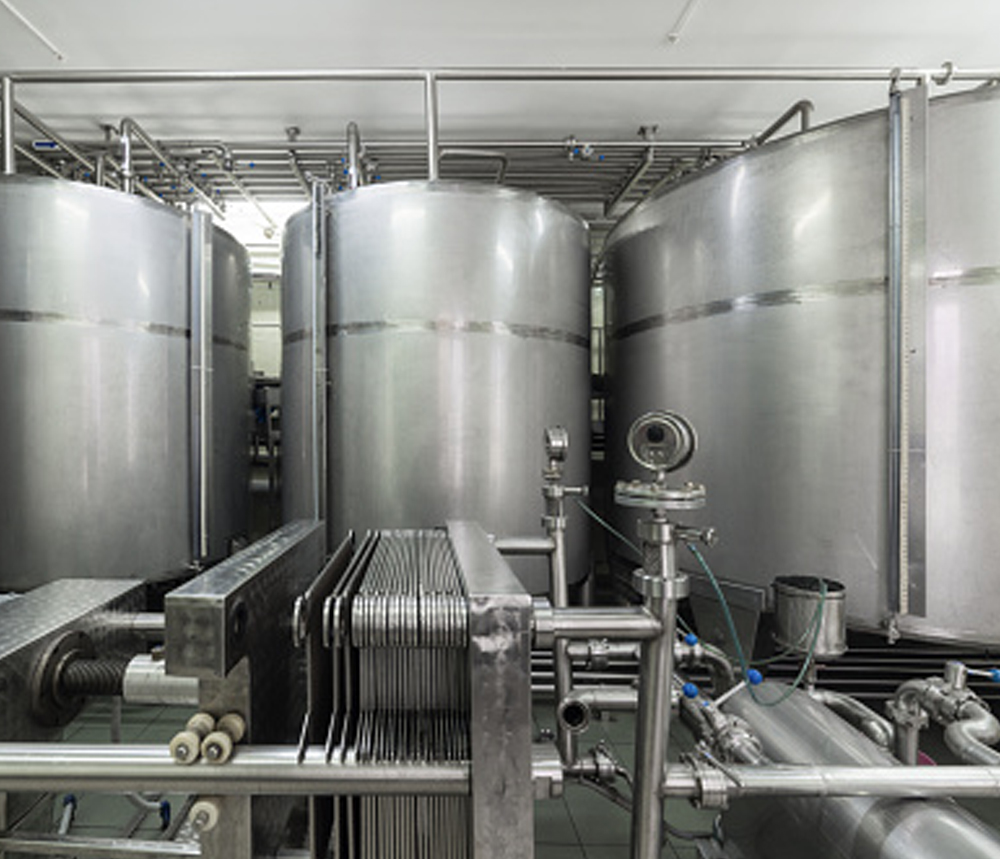
Bottle filling machine
Bottle filling machines are equipment that are used to fill liquids or powders into bottles. Bottle filling machines are critical machine tools in the packaging process in a variety of industries, including pharmaceuticals, chemicals, agriculture, and food. Manual bottle filling methods cannot be used in modern enterprises with bulk filling requirements since the procedure takes too long and can result in product spillage or waste.
Another difficulty that might arise from manual bottle filling methods is consistency in the filling of the bottles. As a result, in industrial packaging procedures, specific devices known as bottle filling machines are used.
Blending Tanks
The most traditional way of combining a variety of goods is in-tank blending. However, it has been discovered that, in addition to being time expensive, it has a number of flaws due to the intricacy of recipe calculations and the variability of bunker residual feedstock. The method is introducing measured volumes of the components to be blended into a designated blending tank with mixing facilities in a sequential or simultaneous manner (usually using a flow meter or level gauge). After that, the components are mechanically combined to homogenize the tank's contents. To ensure the quality of the blend, a sample is taken and analyzed. Any necessary adjustments to the blend are made by adding additional components, and the batch is then re-mixed and re-analyzed to confirm the batch.
This is clearly a time-consuming operation that necessitates the presence of blending tanks and maybe pre-blended feedstock, as well as the capacity to forecast, manage, and store mixed products.


Storage Tanks
A water storage tank is a container that is used to store water for both home and industrial purposes. Tanks for storing water come in a variety of designs and sizes. They can be made of plastic, steel, fiberglass, stone, or concrete and can be vertical, horizontal, subterranean, or potable. Leakage, corrosion, and bacterial growth are all risks to the water tank.
If corrosion is not controlled, tank systems deteriorate or become damaged over time. Uncontrolled corrosion causes holes in the tank or even structural failure, allowing stored liquids to leak into the environment.
